Eflani
Eflani is a district located in the northeast of Karabük. There are rock tombs, historical waterways, mausoleums and mosques in the center and surrounding villages. There are marble quarries in the district, and most of the marble extracted is exported. Every year, Turkey Festival and Ulu Yayla Festivals are held in Ulu Yayla, which has common borders with the provinces of Karabük, Kastamonu and Bartın and has the title of Turkey's longest plateau. Ulu Yayla festivities start with the Sinsin Team and Mehter shows (a show accompanied by drums, zurna, violin and köçek) and continue with other entertainments. The known history of Eflani begins with the establishment of a defensive castle here by the Bithynians. The region, which was captured by Kara Tigin Bey in 1084, came under Byzantine rule after a while, and came under Turkish rule again in 1213. After Kastamonu became a sanjak, the strategic and military importance of Eflani decreased. King of Bithynia II. In order to prevent power struggles in the palace, Nicomedes appointed his son Pylaimenes as an autonomous king in the Paphlagonia region. In the 1st century BC, wars were going on between Rome and Bithynia, so it is thought that the Bithynia people established a defensive castle here. Kara Tigin Bey (Emir Karatekin), who dominated the Kastamonu and Sinop regions in 1084, also dominated the Eflani region. The region, which later came under Byzantine rule, came under Turkish rule again in 1213. Sultan Mesut gave the region to Şemsettin Yaman Candar, one of the commanders of the Kastamonu region, after the commander he appointed to end the confusion in the region took the opposing side. After Mahmut did not surrender Kastamonu Castle to Candar Bey in 1292, Şemsettin Yaman Candar settled in the castle in Eflani and in 1309, Eflani became the first center of the Candaroğulları Principality. Kastamonu was recaptured by Süleyman Pasha and the center of the principality was moved to Kastamonu. Suleiman the 11th, son of Sorum Beyazıt, came to power with the help of Murat I, and in return he gave the Eflani castle and its surroundings as a gift. The region formed a defense point against the Genoese and Candaroğulları in Amasra. Fatih Sultan Mehmet gathered his troops in Eflani during his Amasra expedition in 1459 to solve the Genoese problem. With Kastamonu joining the Anatolian Beylerbeylik as a sanjak, Eflani lost its strategic and military importance and began to be known as Pazar. The region, which was connected to Kastamonu Sanjak Principality, became a sub-district of Safranbolu district of Kastamonu Province with its 35 villages, with the provincial organization established after the Tanzimat edict. Before the declaration of the Republic, it was located in Safranbolu district of Kastamonu province. When the Republic period started, Eflani, which was connected to Safranbolu district of Kastamonu province until 1927, was connected to Zonguldak province in 1927. Eflani, which became the district center with the Law No. 6068 published in the Official Gazette No. 8349 dated 03.03.1953, became a small district with 54 villages and 5 neighborhoods after Karabük became a province in 1994. The municipal organization was established in the district center on September 1, 1953.




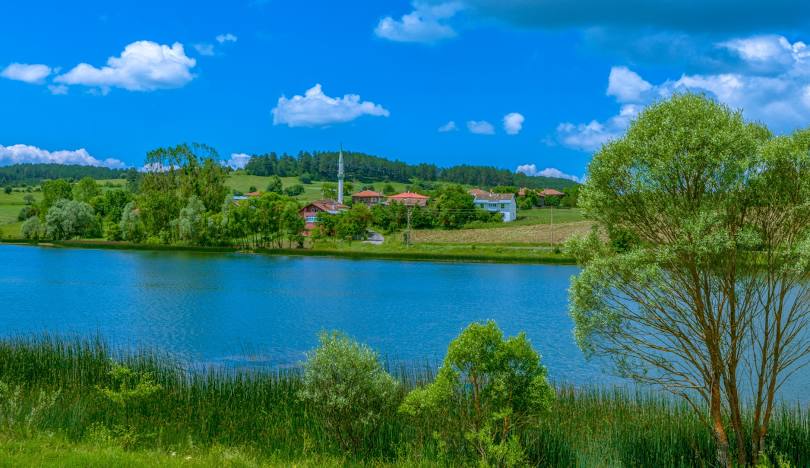
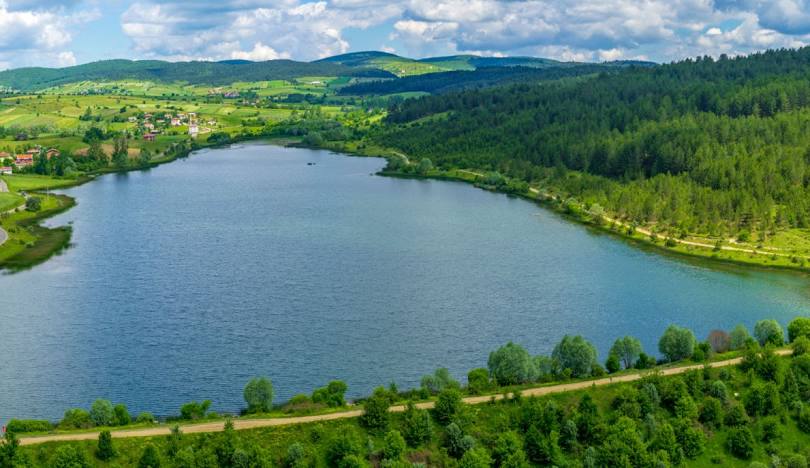
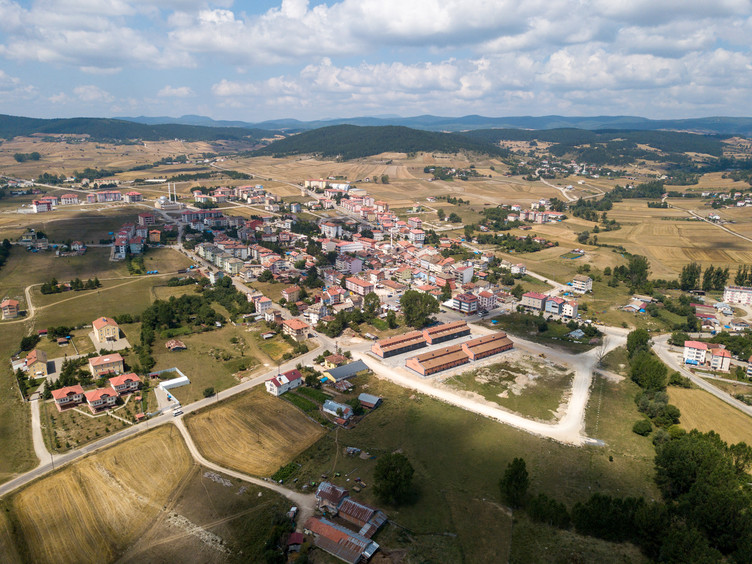
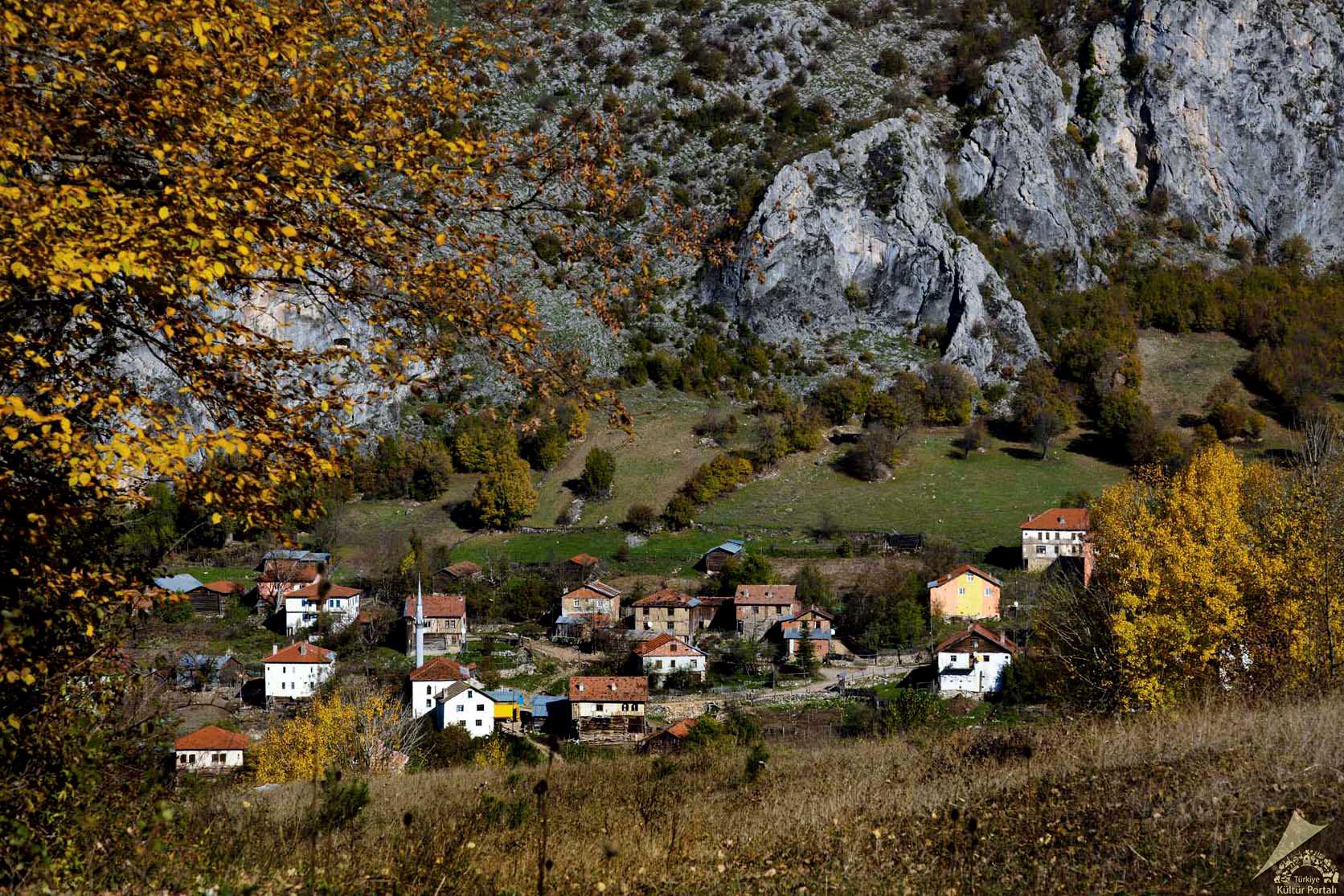
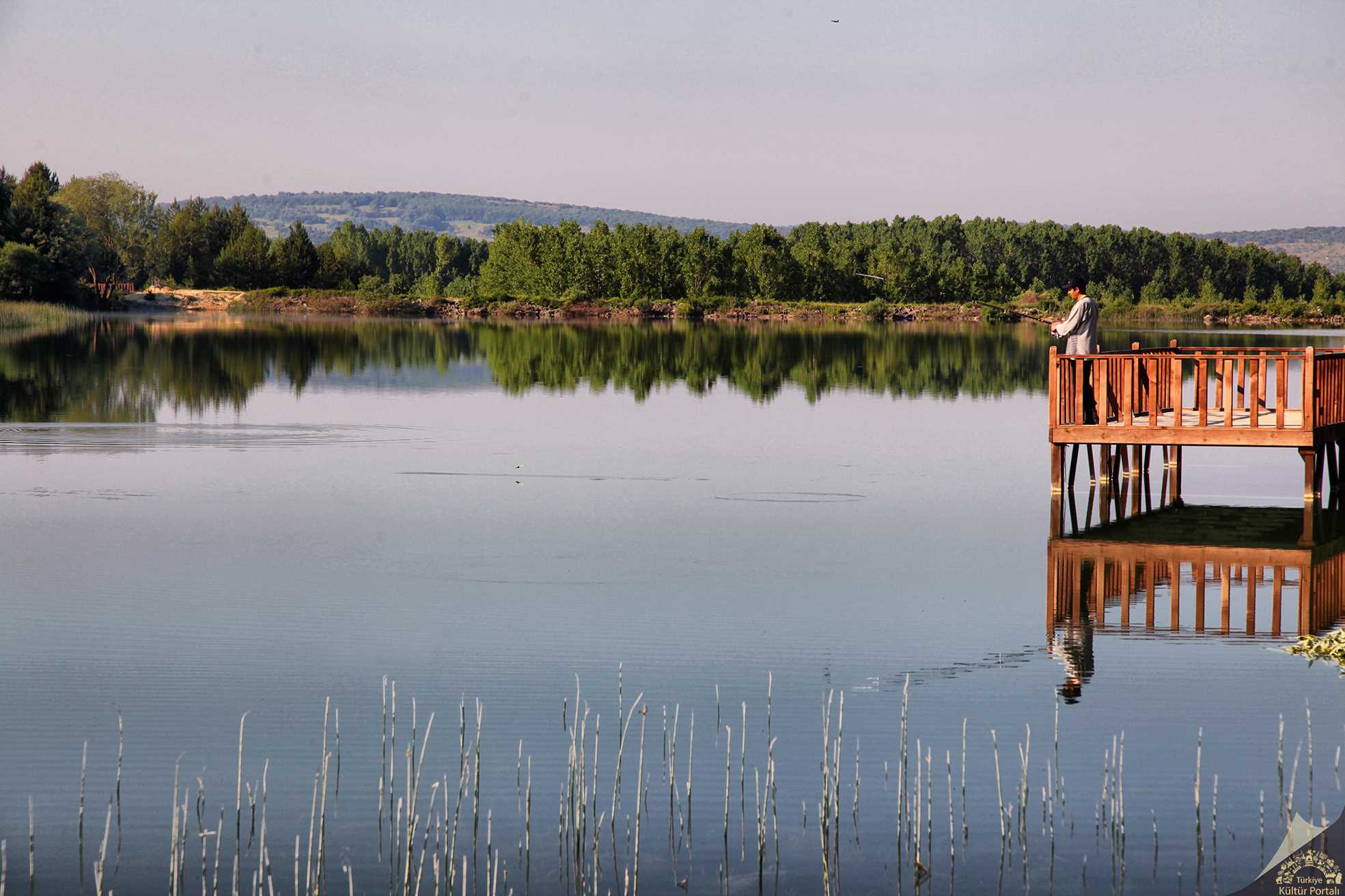
Leave Your Comments